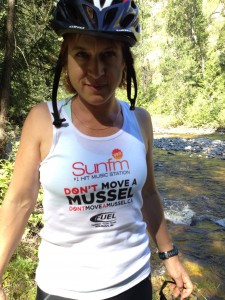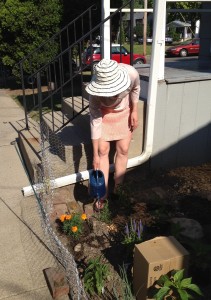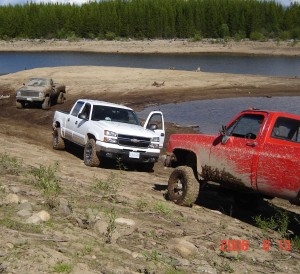“They’ll clump on rock, they’ll clump in pipe, and they’ll clump mussel-next-to-mussel-atop-mussel in astonishing congregations of as many as 70,000 individuals a square foot” – Sue McGrath
It’s hard to get people excited about invisible threats that haven’t arrived yet, but sometimes that’s what you have to do.
Let’s make a list of undesirable things: salmon extinctions, toxic algae blooms, beach closures, clogged water intakes and storm drains, botulism toxin… The unpleasantries associated with the small but numerous zebra and quagga mussels are many and varied. Continue reading




